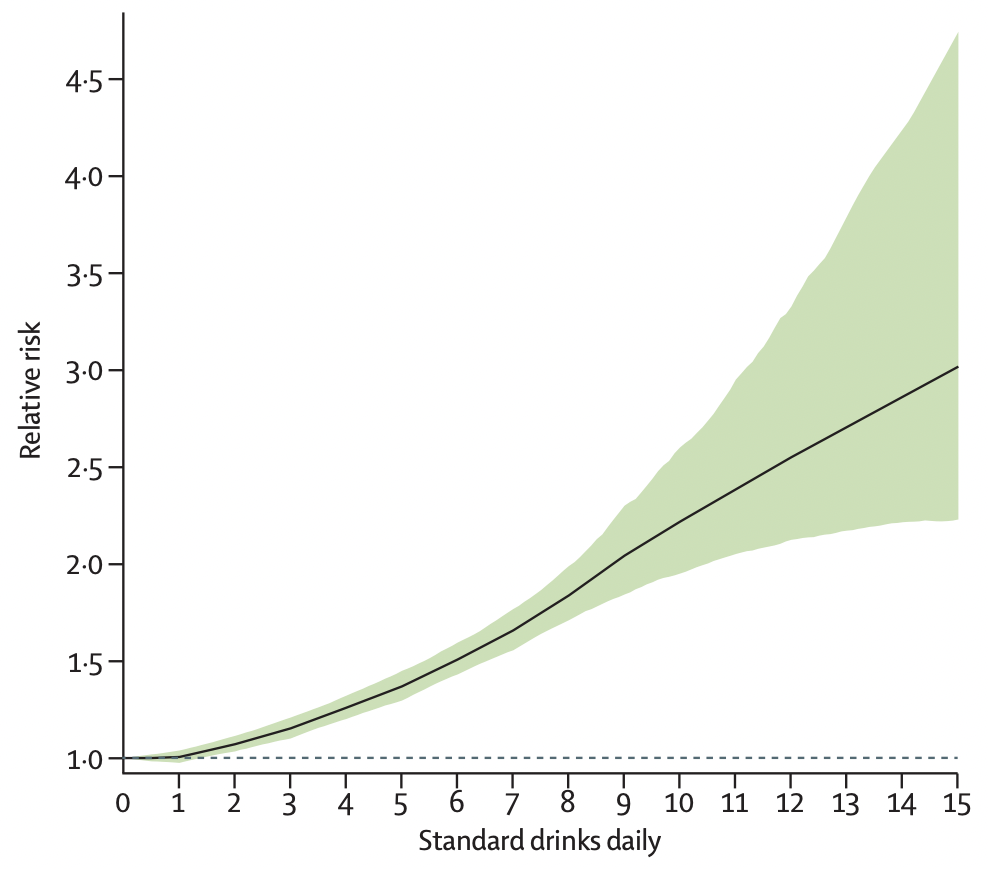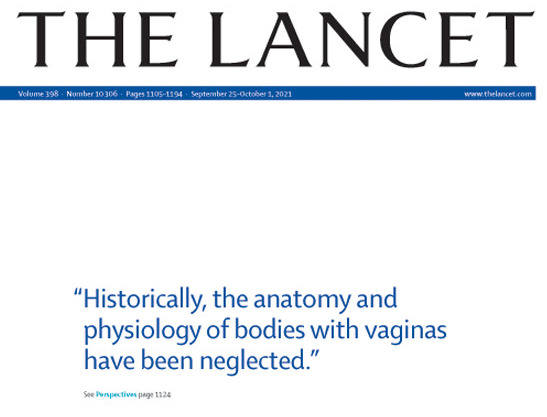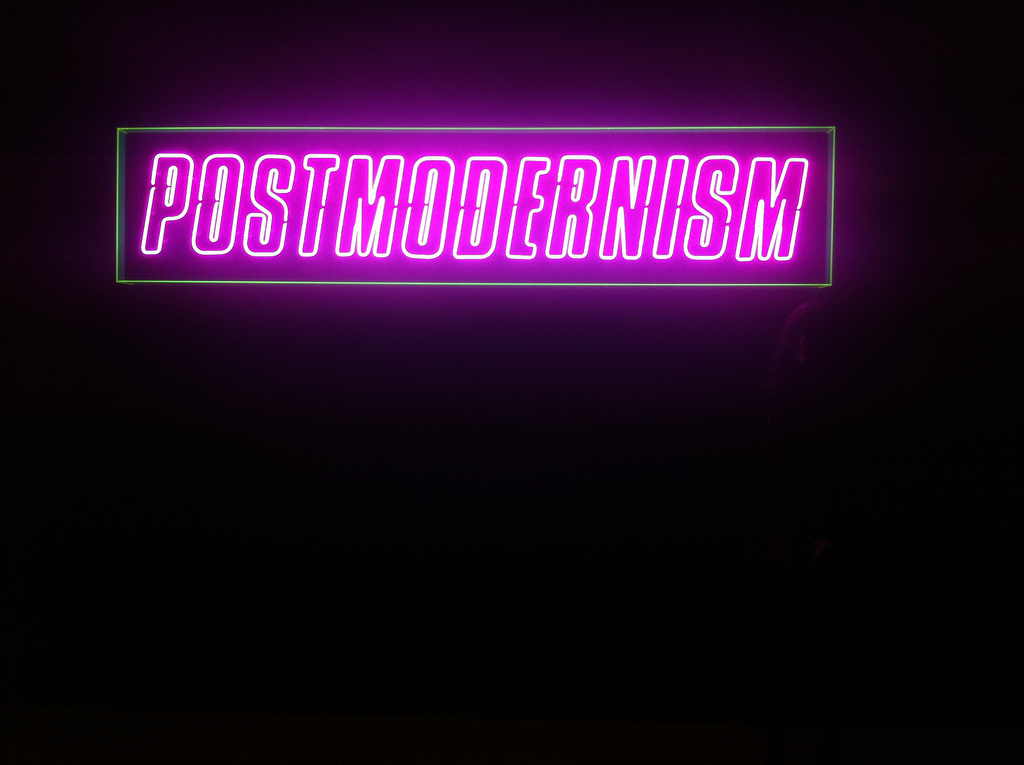Why are medical journals full of fashionable nonsense?

- Medical journals are increasingly and dangerously kowtowing to academia’s political zeitgeist.
- From manipulating public health data to using Orwellian language, the publication of “fashionable nonsense” has contributed to a credibility crisis.
- If the public comes to believe that it cannot trust medical journals on the easy stuff, then why would we expect people to trust them on anything?
In August 2018, The Lancet published a curious paper, reminiscent of America’s long-forgotten Prohibition Era. The research came to a remarkable conclusion: There is no safe level of alcohol consumption.
Largely a product of the University of Washington’s Institute for Health Metrics and Evaluation (which recently sullied its reputation by promoting wildly inaccurate COVID models), the conclusion flew in the face of common sense and the scientific literature. Notably, it also contradicted the study’s own data. Figure 5 from the study, depicted below, clearly shows that there is no significant difference in health outcomes (measured in terms of relative risk on the y-axis) between people who do not drink at all and those who have one drink per day.

Why a research paper would come to a conclusion that is not supported by its own data would be puzzling were it not for the fact that the authors (to their credit?) stated their motivation up front: “These results suggest that alcohol control policies might need to be revised worldwide, refocusing on efforts to lower overall population-level consumption.” In other words, the authors are on a holy mission; whether the data support it is of secondary concern.
The Lancet study is indicative of a larger trend in scientific journals, namely, an increasing prevalence of fashionable nonsense that is supported not by research but by ideology. Scientific journals are supposed to be the gatekeepers of objective facts, not cheerleaders for moral crusades or voguish ideologies. Kowtowing to academia’s political zeitgeist is not something that a medical journal — or any scholarly journal — ought to do. Yet, increasingly, that is exactly what they are doing. This is dangerous. And we can turn to a landmark book for some guidance as to why this is happening.
Fashionable nonsense
In 1999, physicists Alan Sokal (of Sokal hoax fame) and Jean Bricmont published a book titled Fashionable Nonsense: Postmodern Intellectuals’ Abuse of Science. Their thesis was that a portion of academia, generally within the humanities and social sciences, had adopted postmodernism, a philosophy that they defined as:
“…an intellectual current characterized by the more-or-less explicit rejection of the rationalist tradition of the Enlightenment, by theoretical discourses disconnected from any empirical test, and by a cognitive and cultural relativism that regards science as nothing more than a ‘narration,’ a ‘myth,’ or a social construction among many others.”
Using their definition, a good example of fashionable nonsense comes from self-help guru Deepak Chopra, who once wrote a book called Quantum Healing — a term that sounds erudite but is complete gibberish. The word “quantum” is often used in particle physics to refer to the minimum differences in energy levels, but it has no use in medicine. Combining the two is nonsense, akin to wowing an audience with a term like “gravitational genetics.”
More than two decades after Sokal and Bricmont’s book was published, the problem has grown exponentially worse. Instead of merely adopting the language of science improperly, postmodernism — whose inherent indefinability seems to be a feature rather than a bug — has invaded the scientific establishment itself. The “fashionable nonsense” that Sokal and Bricmont originally identified has mutated and grown to encapsulate a wide range of problems, from cynical bandwagoning to Orwellian changes to our vocabulary.
Medical journals hop aboard political bandwagons
In the weeks, months, and years after the 2001 anthrax attacks in the United States, it became fashionable for scientists to tie their research to bioterrorism, no matter how tangentially related it might be. This still occurs. A paper published in April 2021 in the Journal of Bacteriology reported the discovery that a particular gene (or perhaps group of genes) is necessary for the bacterium that causes Q fever (called Coxiella burnetii) to infect immune cells in mice. The authors were quick to point out that C. burnetti is “classified as a potential biowarfare agent.”
To be clear, the research is perfectly legitimate and important. The Journal of Bacteriology is a very reputable journal in the field of microbiology. And yes, C. burnetii has been weaponized before and is considered a bioterrorist threat. But let’s be realistic: Few if any national security officials are losing sleep over Q fever, a disease transmitted by livestock that kills roughly 12 Americans each year.
The point is that hopping aboard a political bandwagon is good for grabbing attention — and subsequently, funding. We are witnessing a similar phenomenon with respect to climate change. No matter how extraneous a topic, researchers try to tie it to climate change. Job-stealing robots? Climate change. Resurrecting the woolly mammoth? Climate change. Cancer therapy? Climate change. What could climate change possibly have to do with cancer? The latter article provides one example: “[P]eople with locally advanced non-small cell lung cancer [a]re more likely to die if their radiation therapy [i]s interrupted by hurricanes.”
It is within this dubious milieu — where any outlandish link to climate change is simply assumed to be scientifically legitimate — that the New England Journal of Medicine recently published a perspective on the importance of “decarbonizing” the healthcare sector. The opening sentence makes a bold claim: “Nowhere are the effects of climate change manifesting more clearly than in human health.” Really? One might argue that satellite images showing melting ice caps and retreating glaciers are a lot clearer than that — or perhaps the notable increase in the temperature of the planet, or record-breaking heat waves.
While that first statement could be dismissed as poetically hyperbolic, the article’s second sentence cannot be: “Although many people consider climate change a looming threat, health problems stemming from it already kill millions of people per year.” This claim represents a semi-measurable quantity and is either true or false. The authors cited this paper to support their claim, but it appears that none of them comprehended it.
The cited research says that, on average from 2000 to 2019, there were about five million excess deaths per year due to “non-optimal temperatures,” 90 percent of which were due to the cold but only 10 percent due to heat. Furthermore, as the temperature rises, more people have been surviving the extreme cold than have been dying from the extreme heat such that there was a net decline in temperature-related deaths. The cited paper not only fails to support the authors’ claim but actually contradicts it.
As it turns out, another source the authors cited contradicted their claim. According to the World Health Organization, “Between 2030 and 2050, climate change is expected to cause approximately 250,000 additional deaths per year, from malnutrition, malaria, diarrhea and heat stress.” Another paper in Nature Climate Change (not cited by the authors) concluded, “[O]ur overall estimate that heat exposure from human-induced climate change is responsible for ~0.6% of total warm-season deaths would translate to more than a hundred thousand deaths per year if applied globally.”
In other words, the authors’ extraordinary claim that “millions of people” are dying right now from climate change is exaggerated at least by a factor of ten.
Orwellian medicine?
Playing fast and loose with public health data is hardly the only example of fashionable nonsense. Another worrying aspect is the policing of scientific vocabulary in ways that are confusing at best and perhaps Orwellian at worst.
On September 25 of this year, The Lancet published an issue that rightfully sought to bring attention to women’s health, a topic that has a long and inglorious past due to the fact that, for millennia, medicine has been dominated by men. The cover, which consisted mostly of a blank white page, contained the following text: “Historically, the anatomy and physiology of bodies with vaginas have been neglected.”

The quote, which came from an article that still did use the word “women,” nonetheless triggered a firestorm. Critics contended that women were being “dehumanized” and reduced to body parts in a way that men never are. Nobody, for instance, refers to men as “bodies with penises.” The furor was bad enough that editor-in-chief Dr. Richard Horton felt compelled to release an explanation and pseudo-apology.
In the statement, Horton explained that the quote was meant to be inclusive and a “compelling call to empower women, together with non-binary, trans, and intersex people who have experienced menstruation, and to address the myths and taboos that surround menstruation.” Inclusivity is a necessary and admirable goal, as is dispelling taboos in regard to female physiology. However, this requires clarity of thought and wise communication. Refusing to spotlight “women’s health” when the apparent goal is to spotlight women’s health really misses the mark. It also undermines Horton’s exhortation that “serious issues […] demand serious actions.” Under the circumstances, it is difficult to take The Lancet seriously, which thwarts its own goal. That is bad not just for The Lancet but for the entire biomedical community.
The deadly impact of fashionable nonsense
When Sokal and Bricmont wrote their book, the fashionable nonsense they lamented appeared largely limited to abuses by the humanities and social sciences. But this newer fashionable nonsense has infected other parts of campus, most notably public health. At the same time, the trend is increasingly threatening society as a whole. It is one thing to publish fashionable nonsense in an art history journal; it is a matter of life or death when it is published in a medical journal.
Why? Because public health officials use medical journals to guide decision-making. So do medical doctors. Journalists broadcast the conclusions of published research to the general public. And if the public comes to believe that it cannot trust medical journals on the easy stuff — like advice on alcohol consumption — then why would we expect people to trust them on anything, like the safety of MMR and COVID vaccines? The credibility problem facing the biomedical and public health establishment is, at least in part, a product of its own making.





